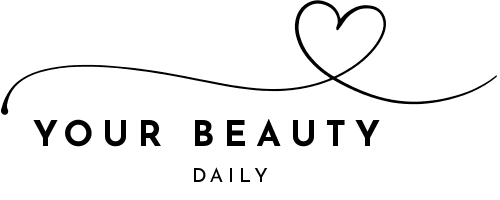
The Future of Packaging: A Guide to Understanding PPWR Compliance
The packaging industry stands at a pivotal crossroads as environmental concerns drive revolutionary changes in regulatory frameworks across the globe. Companies worldwide are grappling with increasingly stringent requirements that demand not only compliance but also a fundamental shift toward sustainable packaging solutions.
The European Union's Packaging and Packaging Waste Regulation represents one of the most comprehensive attempts to address the environmental impact of packaging materials throughout their entire lifecycle. This regulation promises to reshape how businesses approach packaging design, material selection, and waste management strategies in the coming decades.
Understanding the Regulatory Landscape
The Packaging and Packaging Waste Regulation, commonly referred to as PPWR, establishes a comprehensive framework that extends far beyond traditional waste management approaches. This regulation introduces mandatory recycling targets, restricts certain packaging formats, and requires businesses to demonstrate measurable progress toward circularity goals.
Unlike previous directives that focused primarily on end-of-life management, the new regulation addresses the entire packaging value chain, from design and production to consumer use and disposal. Companies must now consider factors such as material recyclability, packaging optimization, and the availability of recycling infrastructure when developing their packaging strategies. The regulation also introduces specific requirements for different packaging categories, including primary, secondary, and tertiary packaging, each with distinct compliance obligations and timelines.
Key Compliance Requirements and Deadlines
Meeting PPWR compliance demands requires businesses to navigate a complex web of requirements that vary depending on company size, market presence, and packaging volumes. Large corporations face the most stringent obligations, including mandatory reporting on packaging data, implementation of take-back schemes, and achievement of specific recycling rate targets by predetermined deadlines.
Medium-sized enterprises must comply with essential requirements such as packaging optimization and material selection criteria, while smaller businesses benefit from simplified reporting procedures and extended compliance timelines. The regulation establishes progressive deadlines, with initial requirements taking effect in 2025, followed by more comprehensive obligations in subsequent years. Companies must also prepare for regular audits and demonstrate continuous improvement in their packaging sustainability performance through detailed documentation and third-party verification processes.
Strategic Implementation for Business Success
Successful PPWR compliance requires a holistic approach that integrates sustainability considerations into core business operations rather than treating them as an afterthought. Companies should begin by conducting comprehensive packaging audits to identify current compliance gaps and prioritize areas for improvement based on regulatory requirements and business impact. Collaboration with suppliers, recycling partners, and industry associations becomes essential for developing effective compliance strategies that balance regulatory obligations with operational efficiency and cost considerations.
Investment in alternative materials, packaging design optimization, and supply chain transparency will be crucial for maintaining competitive advantage while meeting regulatory expectations. Organizations that proactively embrace these changes and view compliance as an opportunity for innovation and differentiation will be best positioned to thrive in the evolving packaging landscape.
The future of packaging lies in the successful integration of regulatory compliance with sustainable business practices, creating value for companies, consumers, and the environment simultaneously.

















